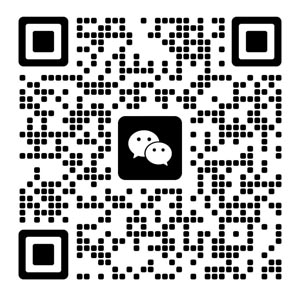The cause of the bearing noise, detection treatment and storage method
If the bearing is in a good continuous rotation state, it will emit a low whining or buzzing sound. Sharp hissing, squeaking and other irregular sounds often indicate that the bearing is in poor continuous rotation. High-pitched creaking noises can be caused by improper lubrication. Improper bearing clearance can also cause metallic noise.
Indentations in the bearing outer race track can cause vibration and produce a smooth, crisp sound.
Intermittent noise may indicate damage to the rolling elements. This sound occurs when the damaged surface is rolled over, and contamination in the bearing often causes a hissing sound. Severe bearing damage can produce irregular and loud noises.
If it is caused by knocking scars during installation, noise will also be generated, and the noise will vary with the speed of the bearing.
loud metal noise
Reason 1: Abnormal load, countermeasures: correct fit, study bearing clearance, adjust and load, correct the position of housing shoulder.
Reason 2: Poor installation, countermeasures: machining accuracy of shaft and housing, improve installation accuracy and installation method.
Reason 3: Insufficient or unsuitable lubricant, countermeasure: replenish lubricant and select appropriate lubricant.
Reason 4: The rotating parts are in contact, the countermeasure: modify the contact part of the curved seal
regular noise
Reason 1: Indentation, rust or scars on the rolling surface caused by foreign matter, countermeasures: replace the bearing, clean the relevant parts, improve the sealing device, and use a clean lubricant.
Reason 2: (after carburizing of steel) surface deformation, countermeasures: replace the bearing and pay attention to its use.
Reason 3: The raceway surface is peeled off, and the countermeasure: replace the bearing.
irregular noise
Reason 1: The clearance is too large. Countermeasures: study the fit and bearing clearance, and modify the preload.
Reason 2: Intrusion of foreign bodies, countermeasures: study and replace bearings, clean relevant parts, improve sealing devices, and use clean lubricants.
Reason 3: Spherical surface damage, peeling, countermeasure: replace the bearing.
At present, there are two ways to detect abnormal bearing sound. One is an acoustic-based noise detection method, and the other is a vibration-based detection method.
noise detection method
It is a direct measurement method of abnormal sound by using a high-quality microphone to extract the bearing sound pressure signal at a certain distance and direction in an anechoic environment where the basic noise is less than 20db, and extracting the abnormal sound component by a certain analysis method.
Vibration detection method
It is an indirect detection method for abnormal sound, which can be divided into qualitative detection method and quantitative parameter detection method. Among them, qualitative detection method is divided into monitoring abnormal sound method and observing vibration waveform method. The quantitative parameter detection method refers to the use of the measured parameter values related to the abnormal sound in the vibration signal of the measured bearing, such as the peak value of the vibration and the crest factor to evaluate the abnormal sound of the bearing.
Measuring instrument for measuring abnormal sound of bearings
There are many measuring instruments for measuring abnormal sound of bearings, such as: BANT-1 bearing abnormal sound monitoring instrument of Hangzhou Bearing Test and Research Center; S092 bearing vibration (abnormal sound) measuring instrument of Shanghai Bearing Technology Research Institute; Luoyang Bearing Research Institute and Dalian Bearing S0910-Ⅲ jointly developed by the instrument factory. These bearing measuring instruments can measure the effective value of bearing vibration and the peak value, crest factor and pulse number that reflect abnormal bearing sound parameters.


Email to this supplier
Your email address will not be published. Required fields are marked *